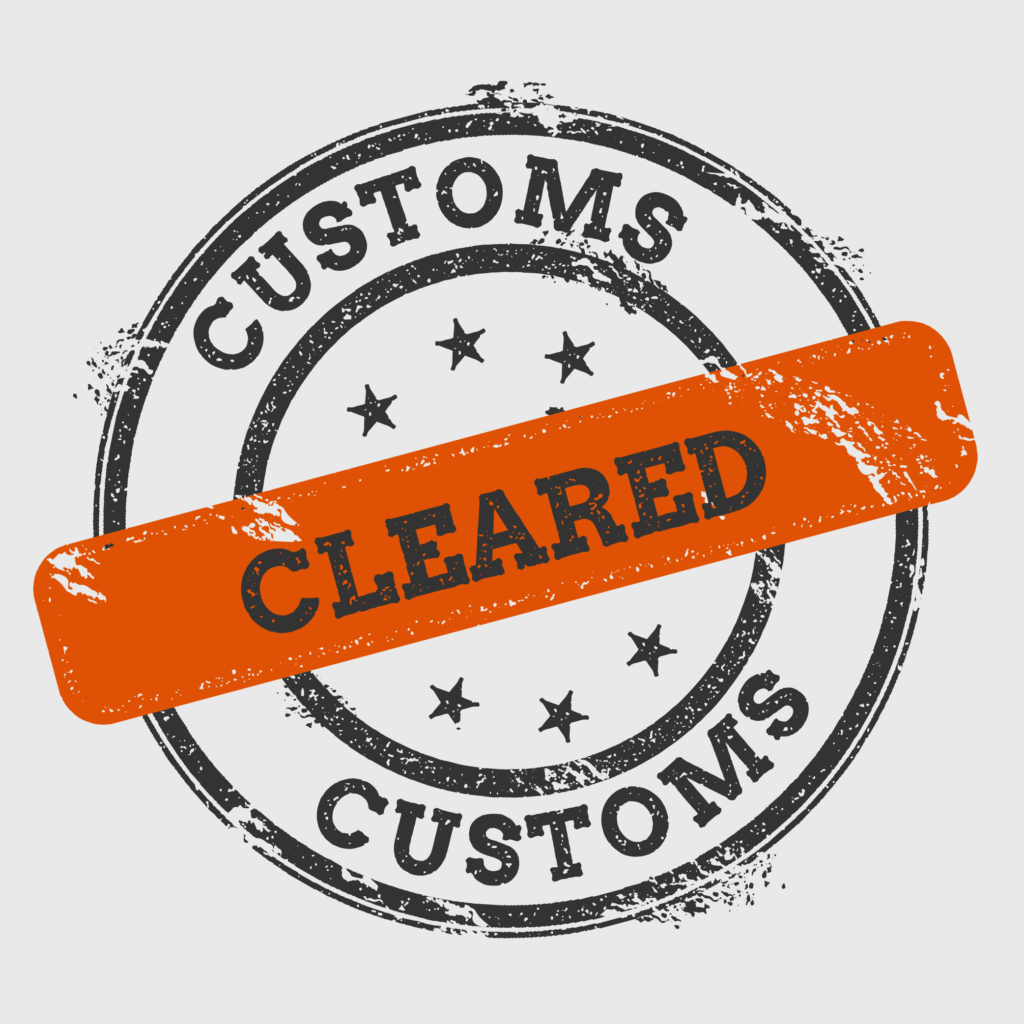Keep Calm and Reconcile On: The Benefits of ACE Reconciliation

When submitting an entry to U.S. Customs and Border Protection (CBP), there are a few essentials that comprise every transaction – valuation, country of origin, and product classification. However, it isn’t always possible to provide all elements at the time of entry. On occasion, the value, classification, 9802 or Free Trade Agreement (FTA) associated with a transaction are undeterminable.
Value related issues commonly cause the most headaches for importers. Valuation may be related, but not limited to, transfer-pricing, assists, tooling, dies, molds, royalties and volume discounts.
So, what do you do as an importer when you don’t have all the necessary information for filing entry?
One tool available is flagging for Reconciliation. Importers can file their entry summaries by providing the best available information at the time of entry and electronically flagging estimated elements, with the mutual understanding that CBP will receive the actual information at a later date. Importers then provide the corrected information via a new type of entry called a Reconciliation.
Let’s look at an example:
- You are importing a shipment with assists*, but its value is unknown at the time of entry.
*In case you are unfamiliar, assists are items that a buyer of imported products provides to a seller at a free or reduced cost for use in the production of merchandise that is destined to be imported into America. Assists are dutiable and must be added to the value of the imported article.*
- Flagging for reconciliation allows the importer to notify Customs that the value is uncertain, as well as to pay the estimated duties upon entry.
- Once the assist information is available to the importer, they must provide Customs with a reconciliation statement within the defined time period. This results in a single bill or refund to the importer based on the declared value.
Under the ACE Reconciliation program, importers are automatically eligible for participation in Customs Reconciliation if they have both a valid continuous bond and reconciliation bond rider on file. Typically, the customers that benefit most from this program are commodity importers, textile importers, and other importers with uncertain valuation at the time of entry.
Here is a snapshot of the important facts related to Reconciliation:
| Reconcilable Issues | Value, Classification, 9802 & FTA |
| Time for Filing | 21 months for Value, Classification and 9802 |
| 12 months for FTA | |
|
Entry Summary Eligibility | Entry type 01 – Free and dutiable formal consumption entries |
| Entry type 02 – Quota/visa consumption entries | |
| Entry type 06 – Foreign Trade Zone (FTZ) consumption entries | |
| Flagging of Entry Summary | Entry-by-Entry Only |
| Locations | All ports & Centers of Excellence and Expertise (CEE) |
If you have any questions or would like to learn more about CBP’s Reconciliation program, please contact us at [email protected]. We’re here to keep you calm as you navigate the rough seas of international shipping!
